That's a class A amplifier. This means the comment to your previous question is missing a few things.
A class A amplifier has high quiescent dissipation, which barely changes with output power. Changing the speaker to 4 ohms will not increase the amplifier's dissipation significantly, but it will clip at a lower power level than an 8 ohm speaker, as its output current is limited. Dropping the rail to 12v will reduce the output current further, and induce clip at even lower output power levels.
Leave the rail at 24v and accept a lower undistorted output power with a 4 ohm speaker for the simplest solution.
For a better solution, the amplifier output should be rebiassed. This means choosing new values for the output bias resistors. Increase the standing current to 140%, while dropping the supply rail to 70%. This will leave dissipation and output power capability more or less unchanged, while tuning the voltage/current ratio to better suit the lower impedance speaker.
If you're going to mess with the circuit however, you'd be better off starting with this improved version of the same amplifier.
This is a 'valve sound' amplifier. Is that what you want? It has relatively high levels of low order THD, due to the low loop gain and asymmetric output stage. However, there's a total absence of the crossover distortion that you can get with a class B or AB output stage.
